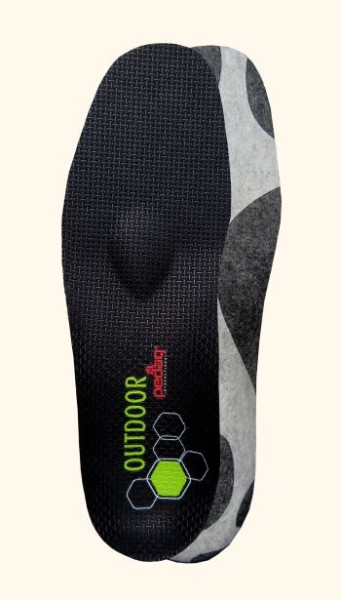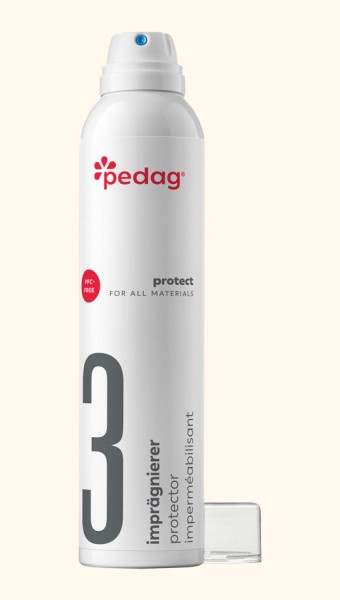Autumn, the golden season, is not only hiking time but also the time of transition. At the beginning the days are pleasantly warm, but the evenings are slowly getting cooler. Autumn is therefore the time to ask: What am I going to wear? The principle of cloth layering helps you to compensate for these temperature fluctuations - this helps in everyday life and is particularly important in sports.
Cloth layering is in German called "Zwiebelprinzip" (onion principle). It bears this name because, just like an onion, it works with several layers. So you don't wear one thick layer, but many layers that together reach exactly the degree of warmth you need. The three layers form the framework: The base-layer, the mid-layer and the outer- or shell-layer. By the way, the three layers do not necessarily mean three pieces of clothing, the mid-layer can also consist of two thinner layers on top of each other instead of one thicker one.

For sports activities, all clothes should be made of breathable functional fibers and be compatible with each other. The aim is to transport the heat - and thus the moisture - generated on the body to the outside. This is best achieved with functional fibers. But attention: The "onion principle" only works if all layers have this property. If there is a cotton sweater between the functional underwear and the softshell jacket, for example, the moisture cannot evaporate and the climate becomes damp and unpleasant.
1. Base-layer: the underwear
This layer is worn directly on the body and should keep it dry and warm. The functional fibers absorb the sweat and transport it away from the body. The base layer should fit tightly, wide clothing does not achieve the desired effect. The base layer also includes underpants - which are often disregarded in sports!
2. Mid-Layer: The warming layer
The middle layer can consist of several pieces of clothing and is mainly used for insulation. Light fleece jackets or sweaters or thin, long-sleeved functional shirts are ideal. The second layer is usually not windproof and waterproof and is often worn as an outermost layer in dry conditions. Don't forget your legs either!
3. Shell layer: protection against wind and weather
The outermost layer protects against wind and weather. It is waterproof and windproof, yet modern materials allow the moisture to pass through from the inside to the outside. In the third layer, a distinction is made between softshell and hardshell. Hardshell jackets offer ideal protection against wet weather, softshell jackets are more breathable and the better choice in dry conditions.
Advantages of layered clothing
- The different layers transport the moisture to the outside, the body stays dry and does not cool down so quickly.
- The layers can be used to compensate for temperature fluctuations: If it gets too warm, take off the third layer. If it is warm but windy, remove the second layer but keep the third one. Two mid-layers can be combined to achieve more warmth.
- The cloth layering principle can also be applied to head and hands.

Tips to care functional materials
Proper care is important to ensure that functional clothing retains its breathable or water-repellent properties. Follow the manufacturer's washing instructions and use detergents suitable for climate membrane fibers. Classical detergents can stick the fibers together, the breathability is lost. Softshell jackets and hiking boots should be regularly waterproofed to maintain their water repellent properties.
pedag. Enjoy the outside.



